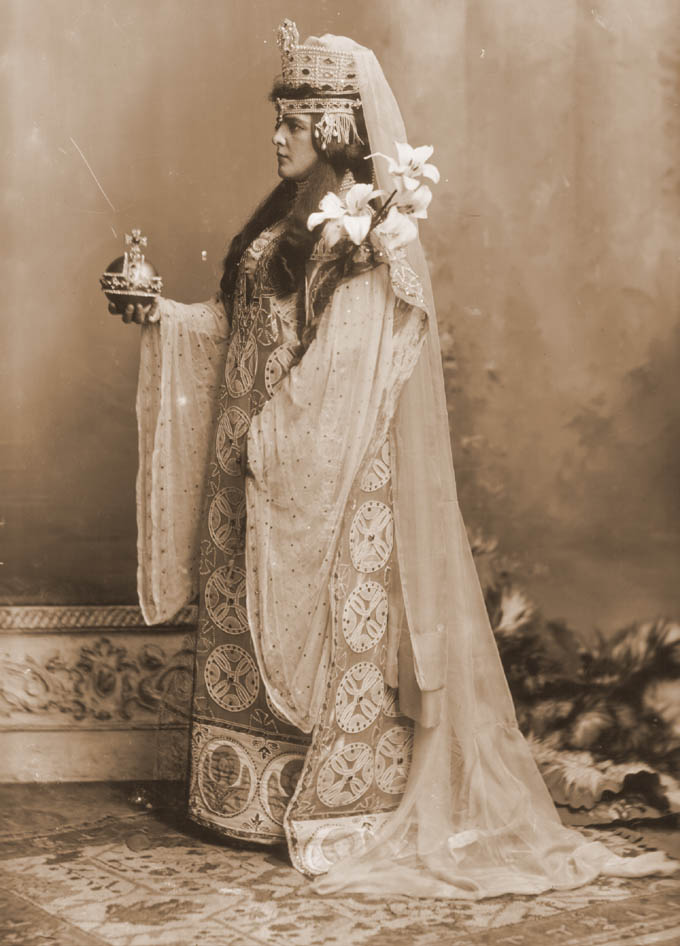Le metamorfosi di Circe: dea, maga e femme fatale
DOI:
https://doi.org/10.13133/2239-1983/13143Abstract
The myth of the encounter between Odysseus and Circe, first attested in the Odyssey, was very popular in and after Antiquity, and it inspired poets, artists and philosophers. In most cases, the post-Homeric Circe is transformed from an ambiguous, but fundamentally positive creature, into an increasingly negative one. Starting her “career” as a Homeric goddess, she quickly turns into a witch and into a seducer. This essay focuses on the reception of the figure of Circe in two periods, the Renaissance and the belle époque, during which she enjoyed considerable success, as an enchantress in the former, and as a femme fatale in the latter.
Downloads
Published
How to Cite
Issue
Section
License
Gli autori che pubblicano su questa rivista accettano le seguenti condizioni:- Gli autori mantengono i diritti sulla loro opera e cedono alla rivista il diritto di prima pubblicazione dell'opera, contemporaneamente licenziata sotto una Licenza Creative Commons - Attribuzione che permette ad altri di condividere l'opera indicando la paternità intellettuale e la prima pubblicazione su questa rivista.
- Gli autori possono aderire ad altri accordi di licenza non esclusiva per la distribuzione della versione dell'opera pubblicata (es. depositarla in un archivio istituzionale o pubblicarla in una monografia), a patto di indicare che la prima pubblicazione è avvenuta su questa rivista.
- Gli autori possono diffondere la loro opera online (es. in repository istituzionali o nel loro sito web) prima e durante il processo di submission, poiché può portare a scambi produttivi e aumentare le citazioni dell'opera pubblicata (Vedi The Effect of Open Access).


